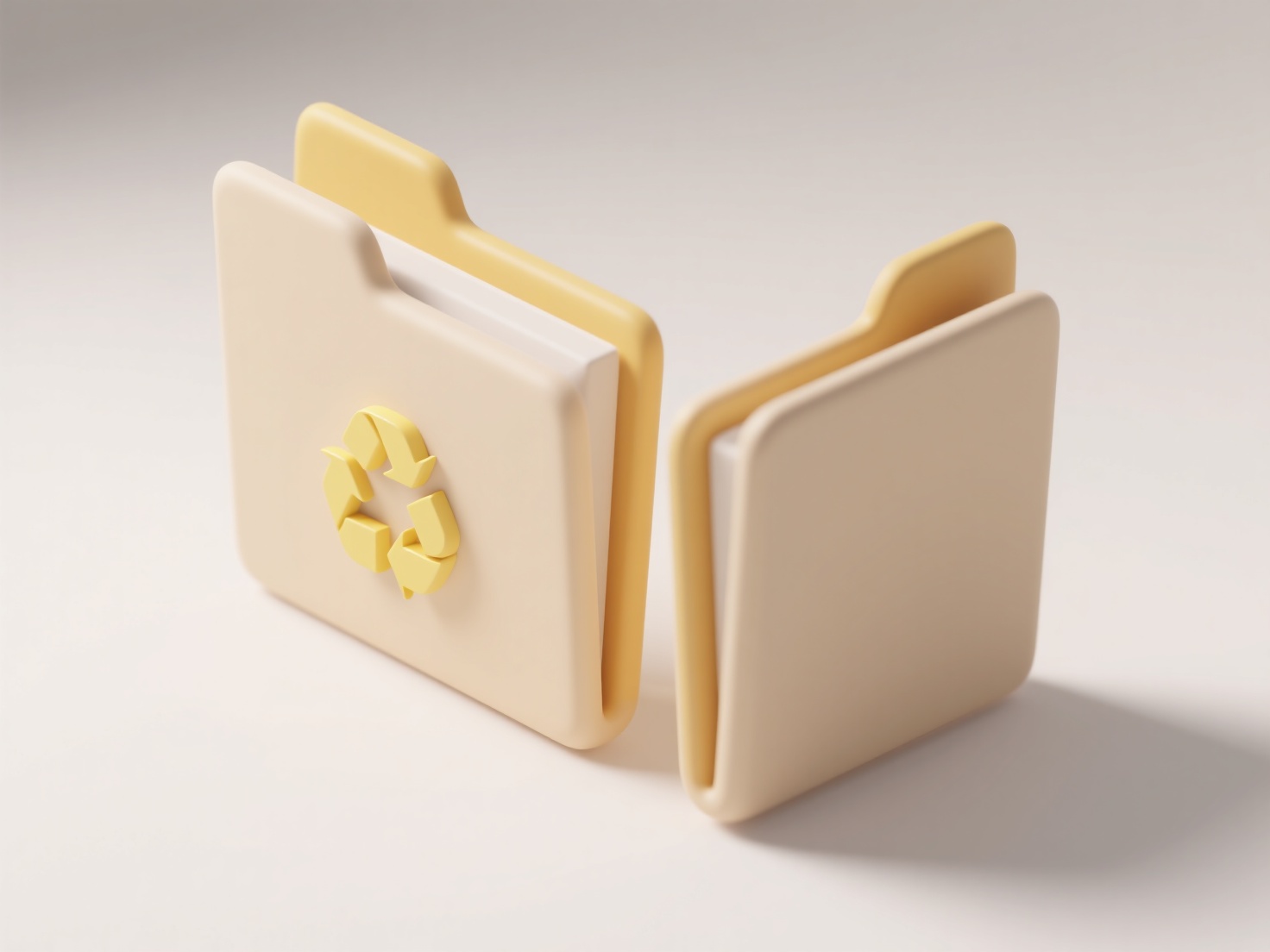
Numerical folder naming involves prefixing folder names with digits to control automatic sorting behavior. Unlike alphabetical sorting that arranges items strictly based on letter sequences, numerical prefixes make operating systems and file managers prioritize the leading numbers first. This forces folders into a specific, predictable sequence based on the chosen numbers, regardless of their full names, providing reliable ordering control.
This method is particularly useful for structured sequences requiring fixed order. For instance, project phases often use prefixes like "01_Research", "02_Development", "03_Testing" to ensure chronological stages appear correctly in file explorers. Similarly, process documentation or training materials frequently employ prefixes like "Step1_Prepare", "Step2_Execute", "Step3_Review" to maintain mandatory progression order, essential in fields like manufacturing or compliance.

The primary advantage is guaranteed, unambiguous order, crucial for workflow clarity. However, key limitations include potentially less readable names and reduced flexibility; adding a step later (e.g., 'Step15_New') requires renumbering existing folders to preserve sequence. As file management systems evolve with advanced tagging and metadata, numbered prefixes remain a simple, low-tech solution for essential ordering needs despite some administrative overhead.
Should I use numbers to sort folders?
Numerical folder naming involves prefixing folder names with digits to control automatic sorting behavior. Unlike alphabetical sorting that arranges items strictly based on letter sequences, numerical prefixes make operating systems and file managers prioritize the leading numbers first. This forces folders into a specific, predictable sequence based on the chosen numbers, regardless of their full names, providing reliable ordering control.
This method is particularly useful for structured sequences requiring fixed order. For instance, project phases often use prefixes like "01_Research", "02_Development", "03_Testing" to ensure chronological stages appear correctly in file explorers. Similarly, process documentation or training materials frequently employ prefixes like "Step1_Prepare", "Step2_Execute", "Step3_Review" to maintain mandatory progression order, essential in fields like manufacturing or compliance.

The primary advantage is guaranteed, unambiguous order, crucial for workflow clarity. However, key limitations include potentially less readable names and reduced flexibility; adding a step later (e.g., 'Step15_New') requires renumbering existing folders to preserve sequence. As file management systems evolve with advanced tagging and metadata, numbered prefixes remain a simple, low-tech solution for essential ordering needs despite some administrative overhead.
Quick Article Links
How do I handle file names in multiple languages?
Handling multilingual file names means managing files containing characters from diverse languages like Japanese, Arabic...
Are my files uploaded to the cloud immediately after saving?
Cloud synchronization doesn't typically upload your file the exact millisecond you click 'Save'. Saving initially writes...
How do I organize collaborative design files?
Organizing collaborative design files involves establishing clear systems to structure, store, and manage shared digital...